Red Sheath On Ficus: Does Rubber Plant Flower
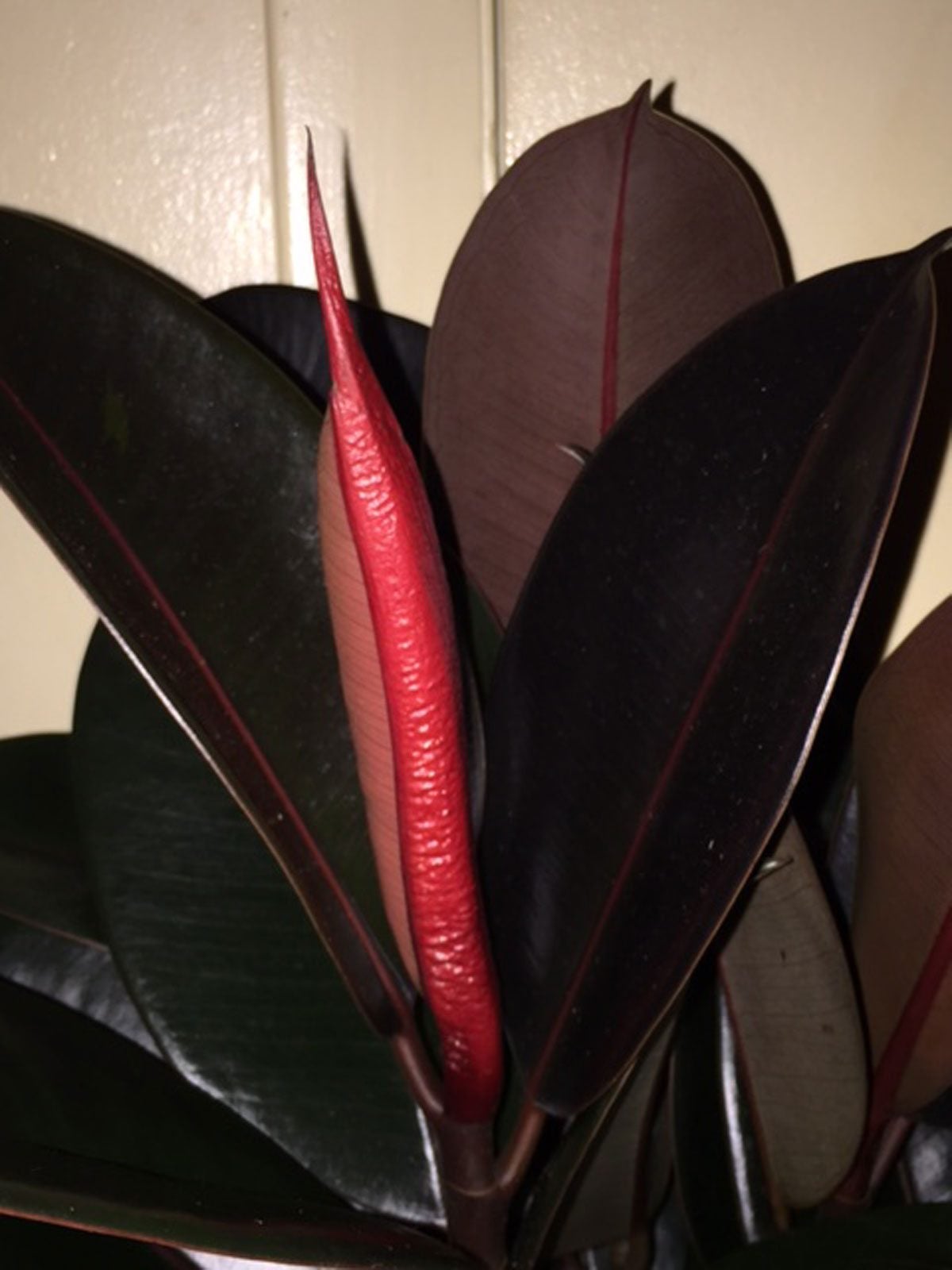
If you’ve grown a rubber tree plant (Ficus elastica), especially the burgundy type, and noticed what appears to be a beautiful flower unfurling, you might begin to wonder if rubber plant blooms or if this is your imagination. Find out in this article.
Does Rubber Plant Flower?
Yes, rubber plant is capable of producing flowers and, subsequently, small fruits. It is a species of fig, after all, related to the figs that are grown commercially to produce the filling in your Newtons. Popular houseplant species such as rubber trees and their cousins, the weeping figs (Ficus benjamina), rarely bloom or yield fruits. Actual rubber plant blooms are small, greenish, and insignificant; they also are unlikely to occur on a rubber plant growing indoors in a container or even one growing outdoors in warm temperate to semi-tropical conditions.
What is the Red Sheath on Ficus?
As colorful as any flower, the red sheath on Ficus may be an eye-catching addition to gardens indoors or out, but it is not a blossom or even the beginning of rubber plant blooms. Truth be told, a flowering rubber tree plant would be less likely to attract attention than one in the process of putting forth new growth that emerges from the burgundy to bright red sheaths on Ficus. The red sheath on Ficus develops when a plant is actively growing and putting forth new leaves, most typically in spring and summer on healthy plants. Not all varieties of rubber plants wrap their developing foliage in red, but widely available cultivars such as ‘Rubra’ and ‘Burgundy’ produce their new growth from a bright to deep red sheath and also have reddish leaf veins and stems. After a new leaf emerges, the sheath typically turns brown and shrivels up. Whatever the predominant color(s) of your rubber plant’s foliage—cultivars with white, pink, cream, and gold variegation are available too—keep it looking its best by following a few simple guidelines:
- Give it a spot where it receives bright, indirect light.
- Wipe the leaves occasionally with a damp cloth to remove dust from the broad smooth surfaces.
- Keep the soil evenly moist during the growing season but avoid overwatering that will cause the leaves to drop. During the fall and winter, allow the upper inch (2.5 cm.) of growing medium to dry out between waterings.
Rubber plants require good drainage but are otherwise easy-to-grow, attractive foliage plants. You may not have a flowering rubber tree plant, but you can enjoy the rubber tree’s colorful foliage for years with just a modest amount of care.
Gardening tips, videos, info and more delivered right to your inbox!
Sign up for the Gardening Know How newsletter today and receive a free copy of our e-book "How to Grow Delicious Tomatoes".
-
 4 Superfast Composting Methods: Turn Waste Into Garden Gold In 30 Days Or Less
4 Superfast Composting Methods: Turn Waste Into Garden Gold In 30 Days Or LessTry the fastest composting methods to turbocharge your pile and transform kitchen scraps and garden waste into finished compost in just a few weeks.
By Mary Ellen Ellis
-
 Best Spider Plant Soil – Complete Soil Guide And Expert Tips For Keeping Plants Happy
Best Spider Plant Soil – Complete Soil Guide And Expert Tips For Keeping Plants HappySpider plants are fun and easy plants to grow, but what is the best soil for a spider plant? Selecting the right soil is important so they can thrive.
By Bonnie L. Grant
-
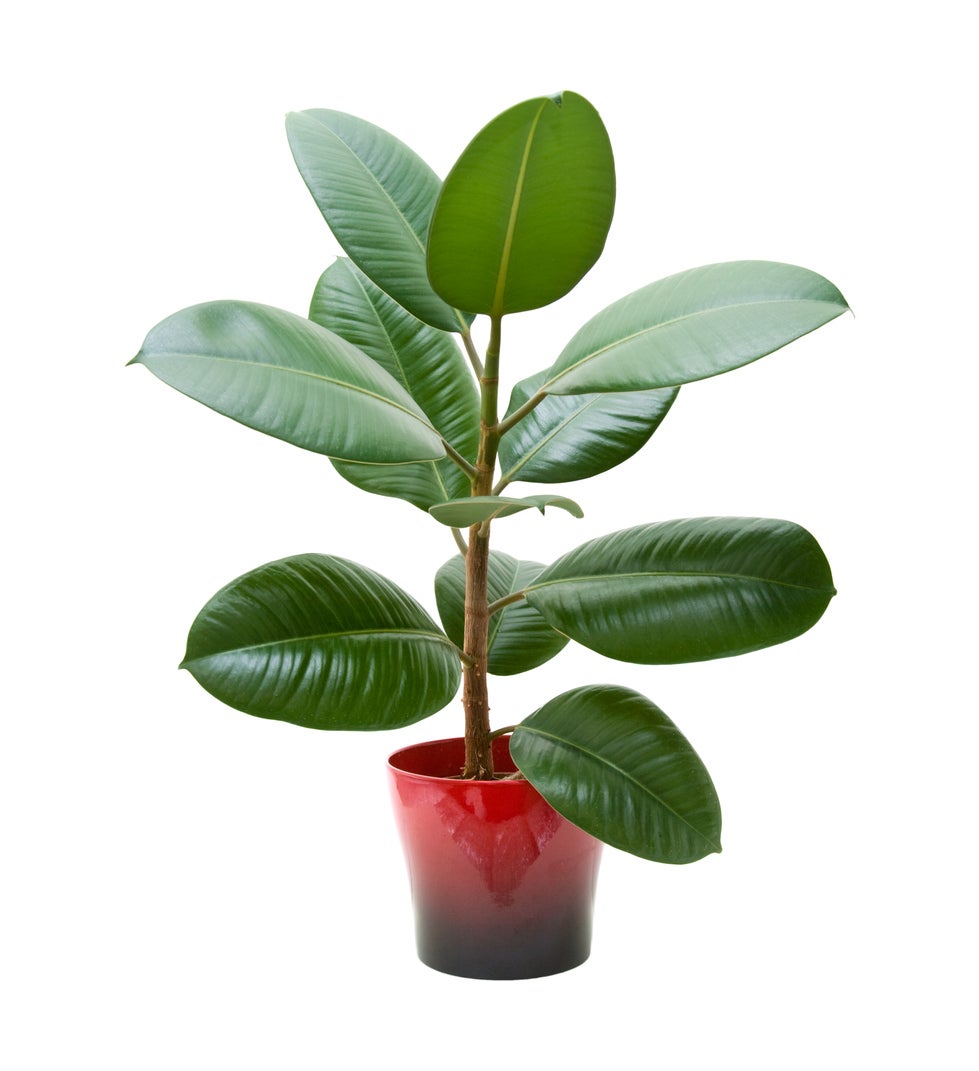 Rubber Plant Bugs: Fighting Pests On A Rubber Plant
Rubber Plant Bugs: Fighting Pests On A Rubber PlantUsually grown indoors, healthy rubber tree plants tend to be pest resistant. However, they can be infested by several sap-sucking pests. What to do if you notice rubber plant insects? Click this article for helpful tips and additional information.
By Mary H. Dyer
-
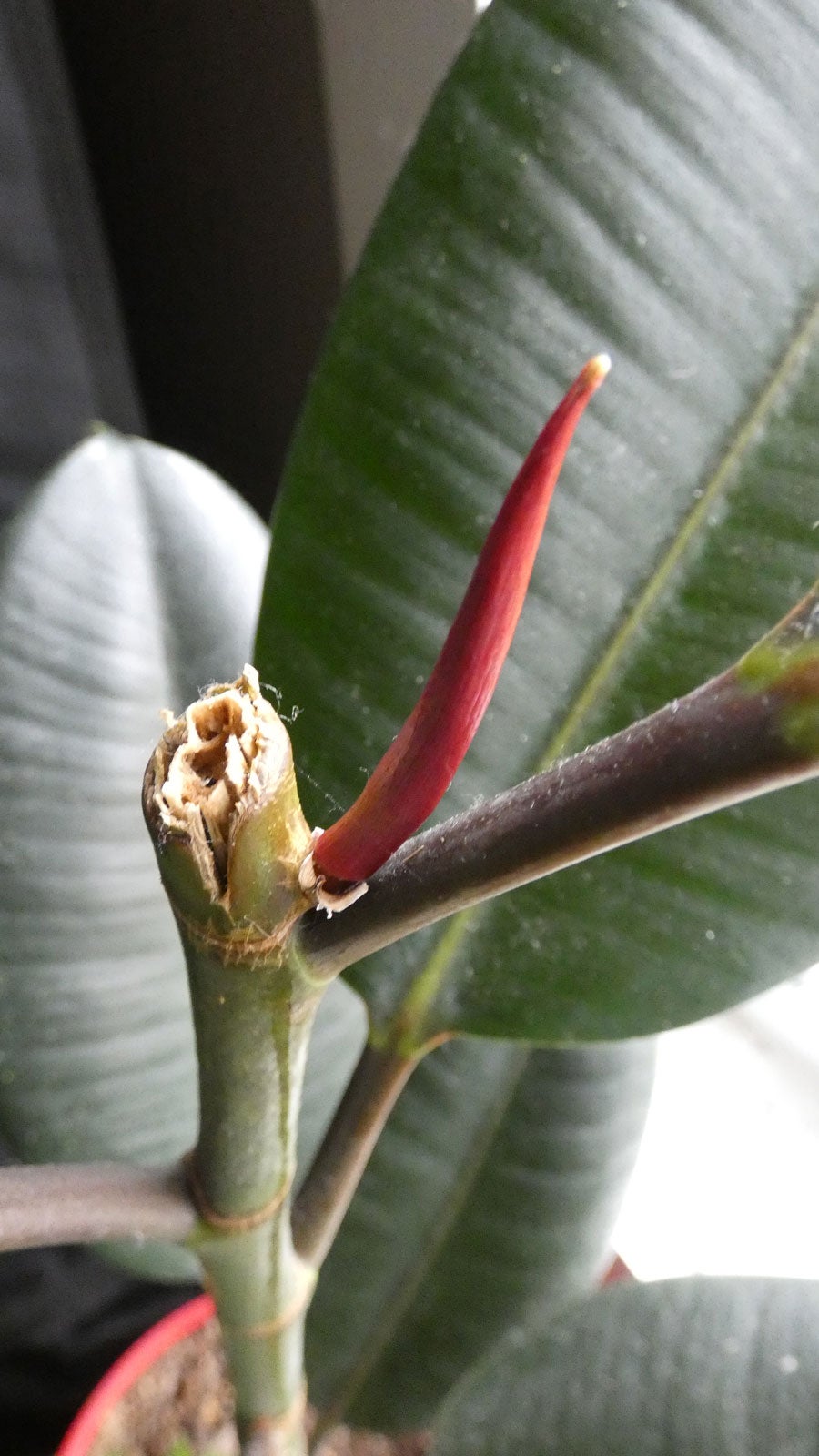 Rubber Tree Branching Tips: Why Won’t My Rubber Tree Branch Out
Rubber Tree Branching Tips: Why Won’t My Rubber Tree Branch OutThe rubber tree plant (Ficus elastica) can sometimes be temperamental, growing upward and refusing to grow side branches. There are a few reasons why your rubber tree won’t branch. Click on the following article and get your rubber tree branching this year.
By Becca Badgett
-
 Yellow Rubber Tree Leaves – Reasons For Yellowing Leaves On A Rubber Plant
Yellow Rubber Tree Leaves – Reasons For Yellowing Leaves On A Rubber PlantNothing disrupts a plant's aesthetics more than the presence of unsightly yellow leaves. Right now, I seem to have lost my gardening mojo because my rubber plant leaves are turning yellow. Find a solution for yellow rubber tree leaves in this article.
By Shelley Pierce
-
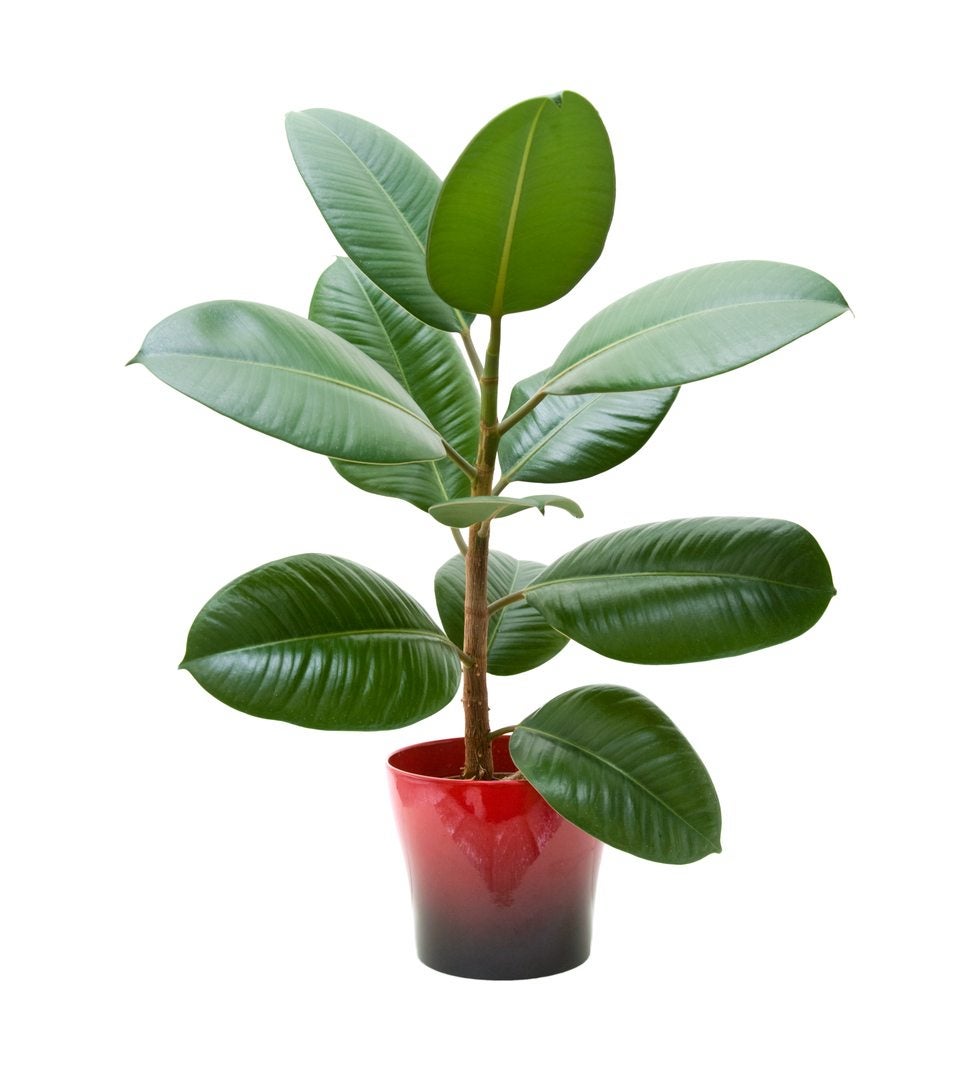 Rubber Tree Plant Potting – When Does Rubber Plant Need A New Pot
Rubber Tree Plant Potting – When Does Rubber Plant Need A New PotRubber trees make great indoor potted plants, but at some point you'll need to give them more room. Use the information found in this article to learn about rubber tree plant potting and when repotting is necessary. Click here for more info.
By Gardening Know How
-
 Watering A Rubber Plant: How Much Water Do Rubber Tree Plants Need
Watering A Rubber Plant: How Much Water Do Rubber Tree Plants NeedRubber tree plants are fairly easy to care for but dislike being moved and are fussy about water. Rubber plant watering must provide matching moisture to what the plants would find in their native Southeast Asian habitat. Learn about watering these plants here.
By Bonnie L. Grant
-
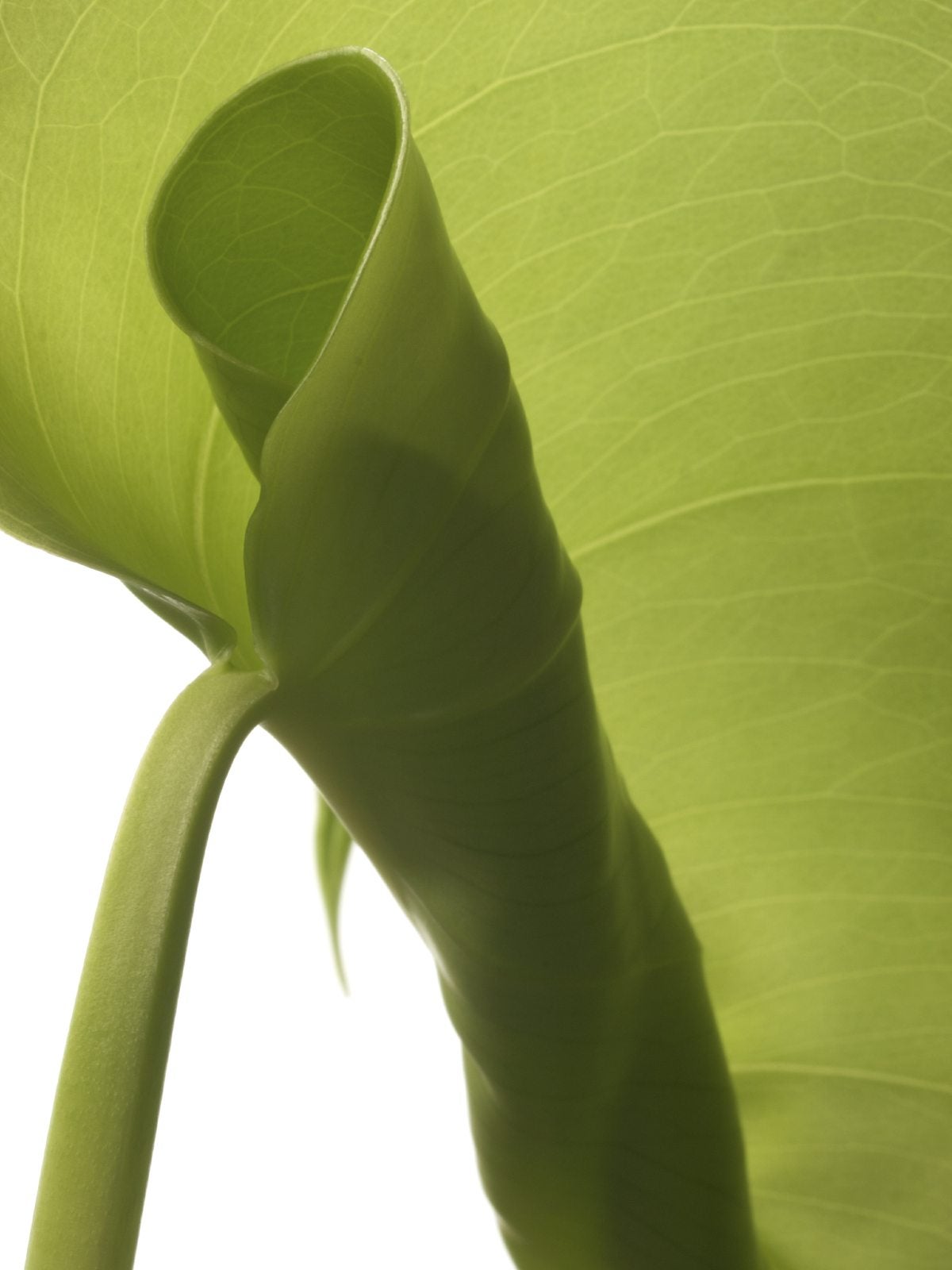 Leaf Curl On Rubber Plants: What Causes Rubber Plant Leaves To Curl
Leaf Curl On Rubber Plants: What Causes Rubber Plant Leaves To CurlAlthough rubber tree plant is relatively trouble-free, it can fall prey to various pests and diseases that can cause leaf curl on rubber plants. What causes rubber plant leaves to curl? There are several possible reasons. This article will help.
By Mary H. Dyer
-
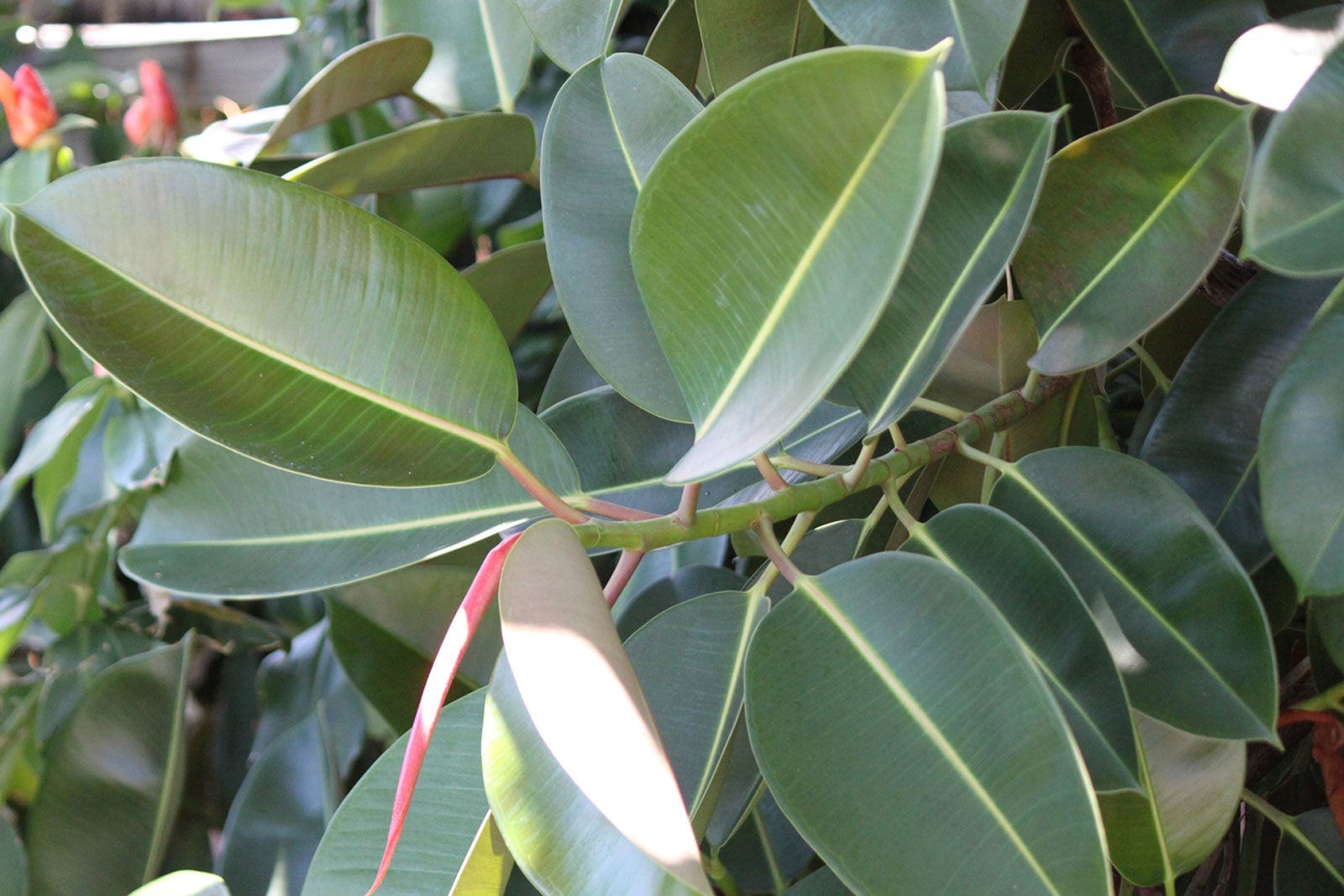 Rubber Plant Information: Taking Care Of A Rubber Plant Outdoors
Rubber Plant Information: Taking Care Of A Rubber Plant OutdoorsMost consider the rubber tree a large houseplant and find it is easy to grow and care for indoors. However, some people ask about growing outdoor rubber tree plants. Read here to find out.
By Becca Badgett
-
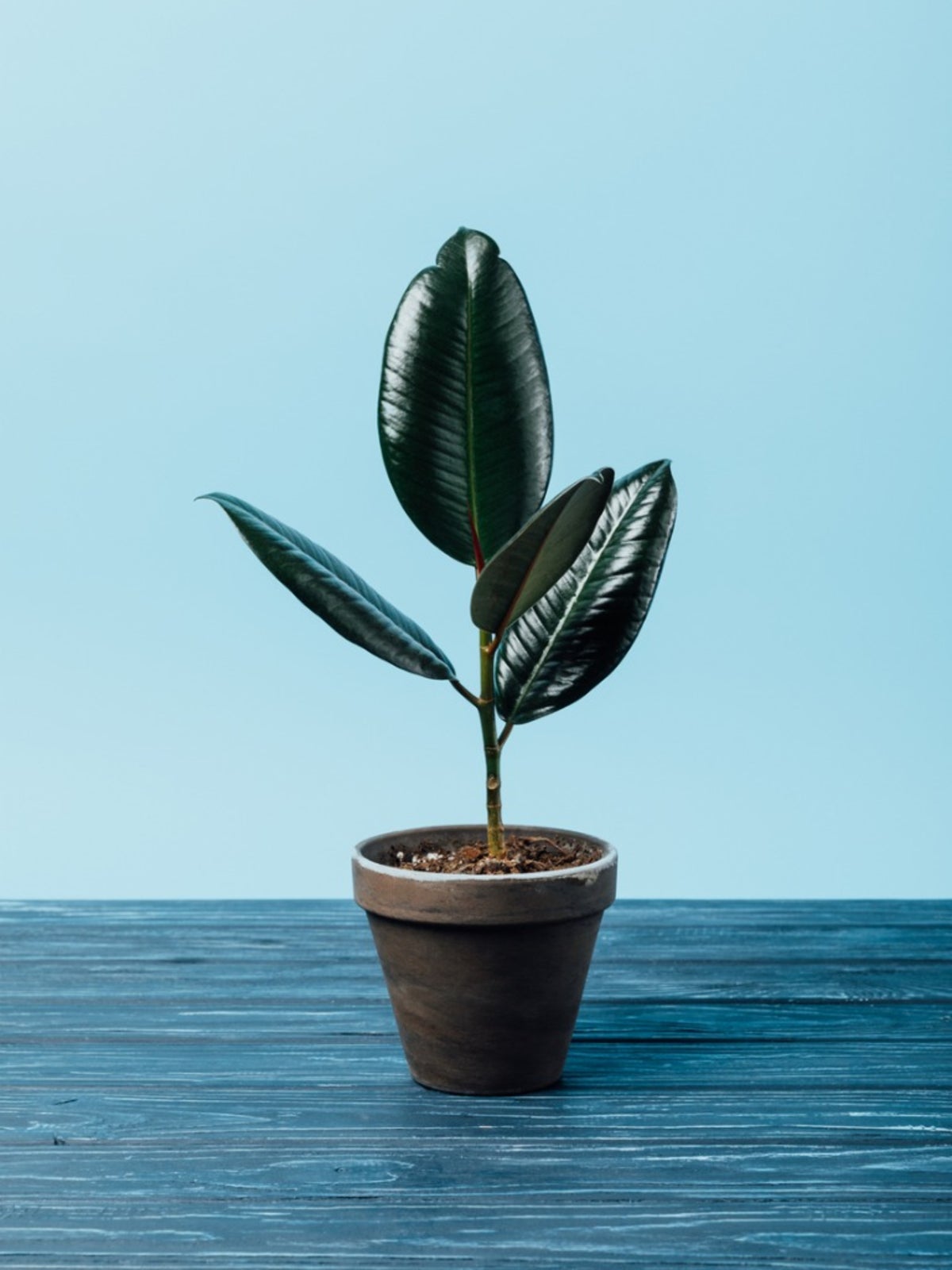 How To Start A Rubber Tree Plant: Propagation Of A Rubber Tree Plant
How To Start A Rubber Tree Plant: Propagation Of A Rubber Tree PlantRubber trees are hardy and versatile house plants, which leads many people to wonder a??How do you get a start of a rubber tree plant?a?? Propagating rubber tree plants is easy and this article will help.
By Heather Rhoades